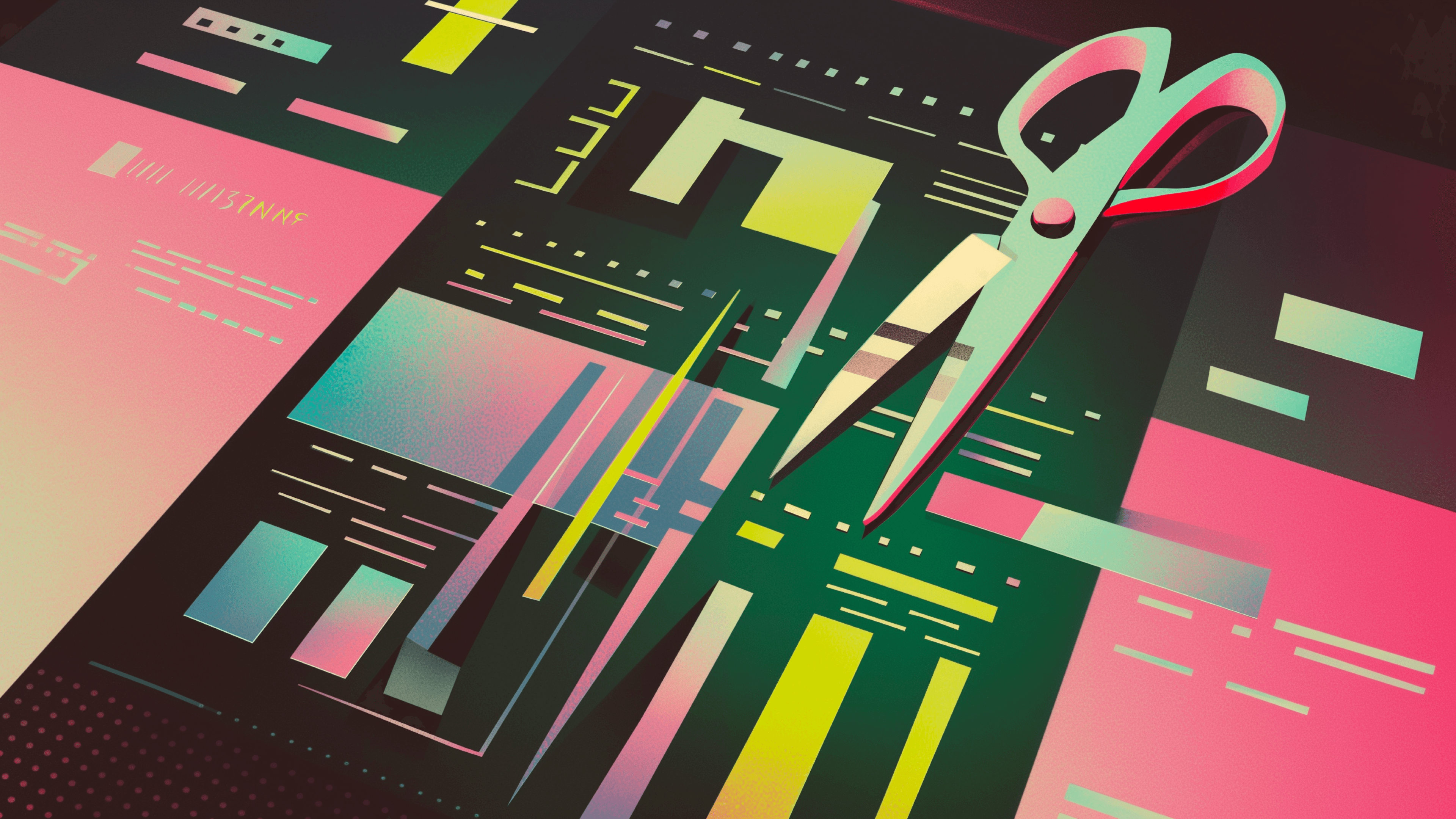Why Footers Are Crucial in Web Design
Designing a website involves many details, but don't overlook the footer. Though often neglected, footers are crucial. Studies show people scroll to the bottom quickly, and a good footer can engage and direct them effectively. Let’s see why it’s worth your attention.

The 5 Main Reasons to Invest in a Website Footer
Investing in a website footer is more crucial than it may appear. Here are the key reasons why every website should prioritize its footer design:
Consistent User Experience: The footer appears on every page, offering a consistent and reliable user experience. Its omnipresence means it needs careful planning and execution.
Boosts Conversion Rates: A strategically designed footer can significantly influence conversion rates. Research indicates that a well-crafted footer can increase sales conversions by nearly 20%.
Completes Your Design: A footer is the finishing touch that rounds off your site’s design and aesthetics. It adds to the overall charm and leaves your site feeling complete.
Navigation Hub: Footers provide essential links and shortcuts that help users navigate your site more freely, enhancing the overall usability.
Enhances Customer Experience: The best footers improve the user experience by offering quick access to useful features like search, live chat, and contact details.

Goals of Website Footers
The effectiveness of a footer hinges on its goals. Depending on what you aim to achieve—be it driving conversions, addressing user queries, or extending engagement—the footer’s content and design will vary. For instance:
Lead Generation: Include elements like email signup forms or calls-to-action.
User Support: Add FAQs or contact information to help resolve user concerns.
Engagement: Integrate popular blog posts or links to keep visitors on your site longer.
Functionality: Ensure basic navigational and informational tools are easily accessible.
Essential Website Footer Elements:
1. Navigation
Navigation is a cornerstone of a user-friendly website footer. It should facilitate easy movement around the site. For simpler sites, a basic menu suffices. However, more extensive sites benefit from dropdown menus or mega-menus with well-organized headings and subheadings to cover diverse categories. Remember, clarity and critical information are key.
2. Search Bar
A search bar is crucial for improving user experience by allowing visitors to quickly find what they need. While it may be redundant for a small personal portfolio, it is indispensable for content-rich platforms like online magazines or educational sites, where it significantly enhances user control and satisfaction.

3. Move Back to Top Button
Despite its modest size, the "Move Back to Top" button is vital for a good user experience. It provides a quick way for users to return to the top of your website, facilitating access to important content and re-engaging users in the marketing funnel.
4. Contact Information
Including contact information in the footer is standard practice across web designs, not just commercial ones. It sets user expectations and is often legally required. Always include essential details such as physical address, email, and phone number. Enhancing this with maps or instant chat options can further boost user trust and interaction.
5. Brand Identity
The footer offers a final chance to leave a strong brand impression. Incorporate distinctive elements such as logos, slogans, or mascots to make your site memorable. This helps solidify your brand identity in the user's mind as they exit your site.
6. Social Media Icons
While placing social media icons in the header is frowned upon, the footer is the ideal spot for them. Links to active social media accounts offer an alternative contact method and can foster engagement and word-of-mouth promotion.
7. Signup Form
Positioning a signup form in the footer can effectively turn visitors into subscribers, capturing contact details for further marketing efforts. Keep the form concise, set clear expectations, and ensure it is visually prominent and easy to use on all devices.

8. Call-to-Action Button
A call-to-action button in the footer serves as a final encouragement for users to take desired actions, such as subscribing or making a purchase. This strategic placement can capitalize on the decision-making process at the end of their site visit.
9. Special Offers
Footers are a strategic location for highlighting special offers, sales, or new product announcements. This not only keeps users informed but also encourages further engagement with your brand, potentially leading to increased sales.
